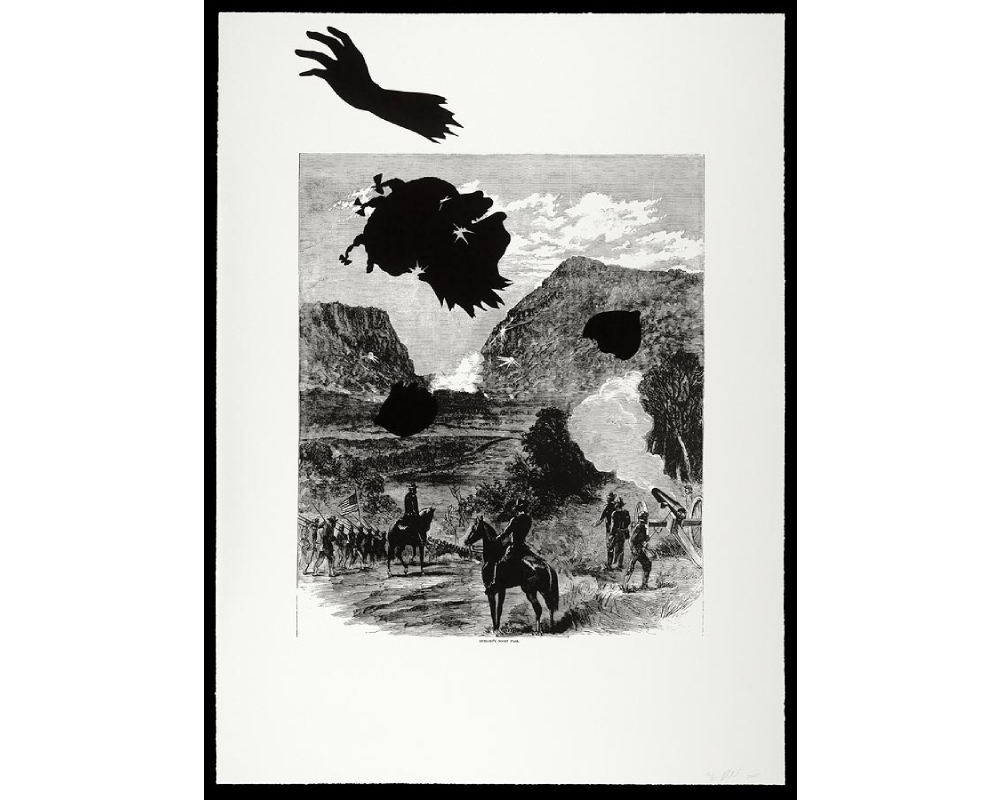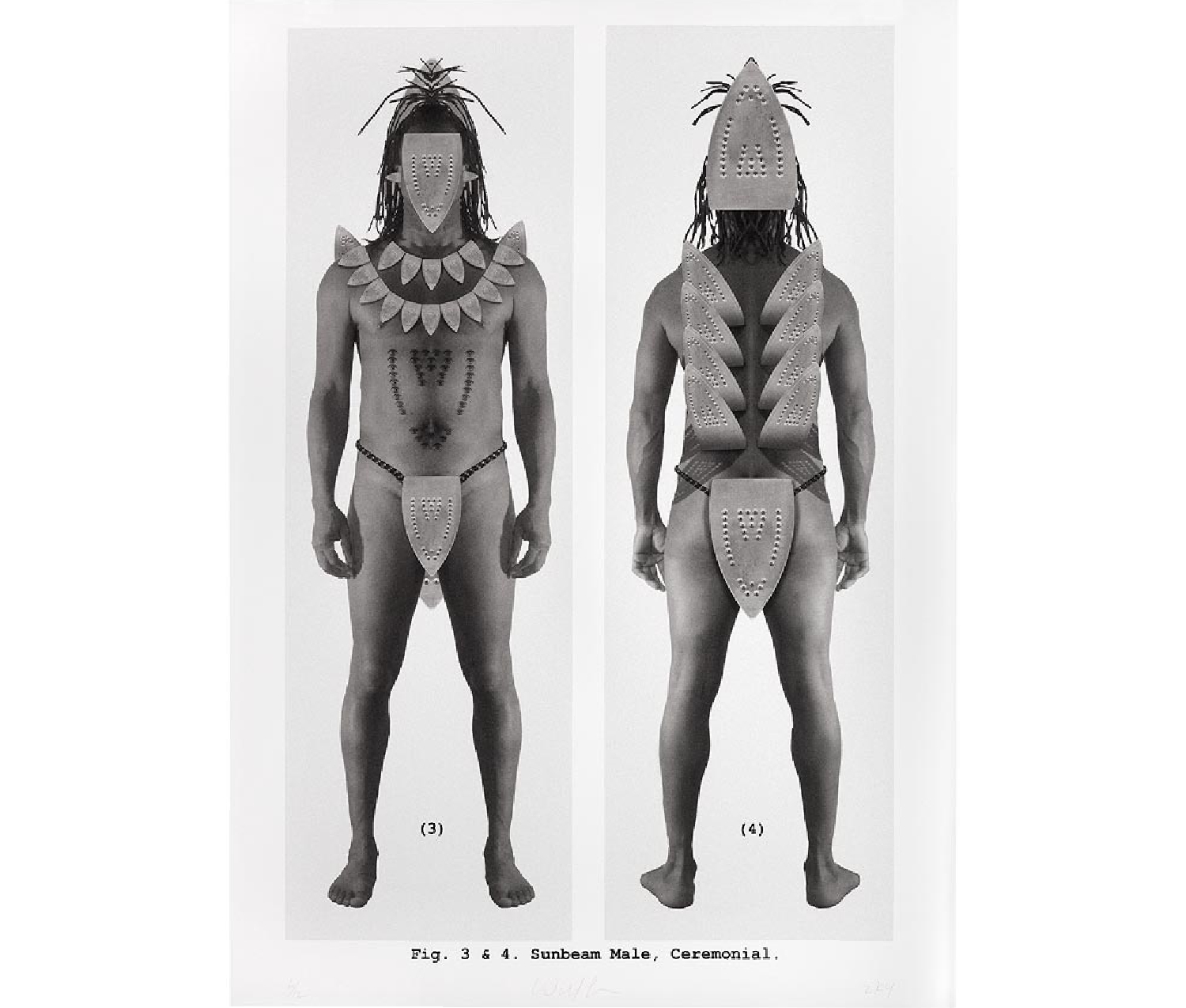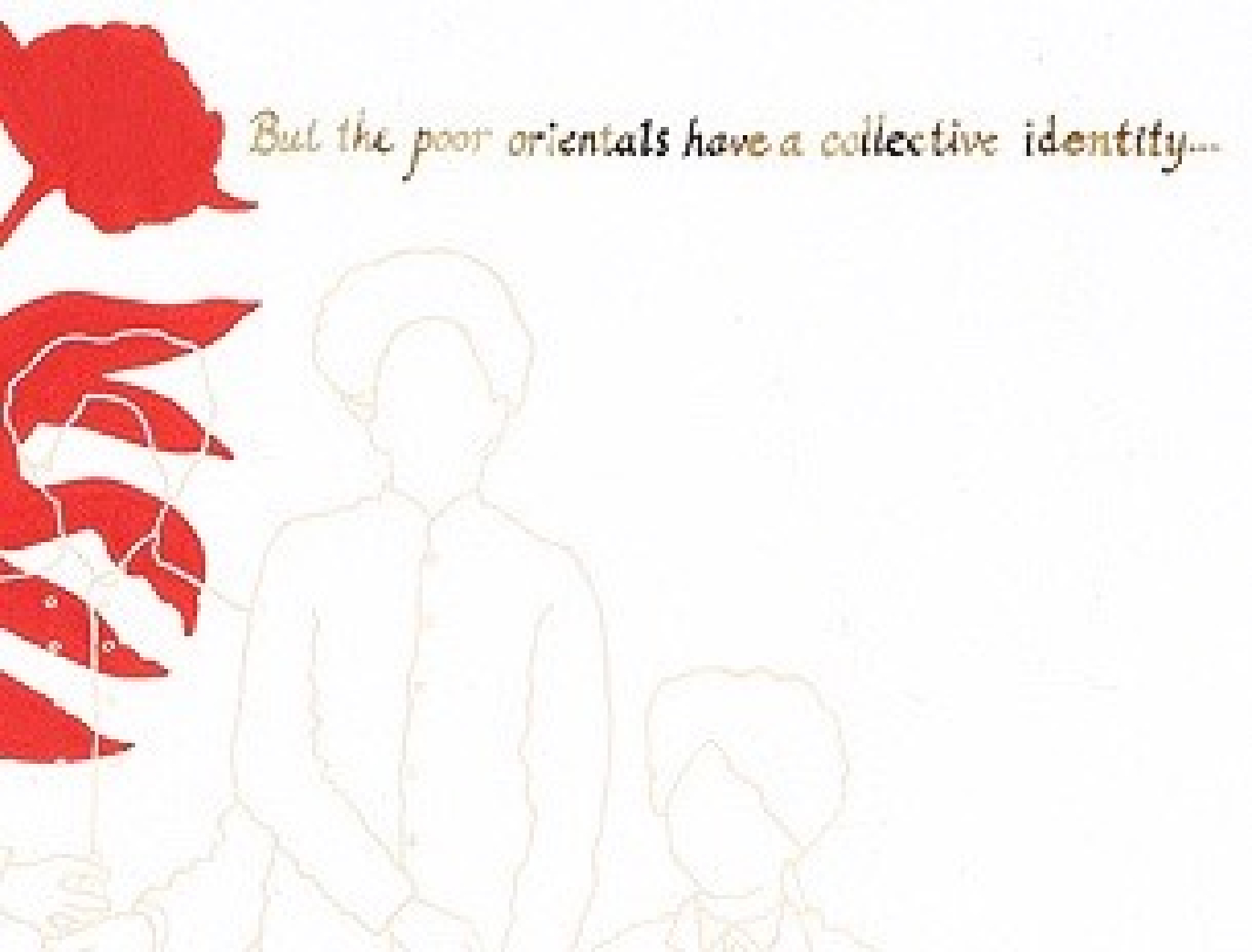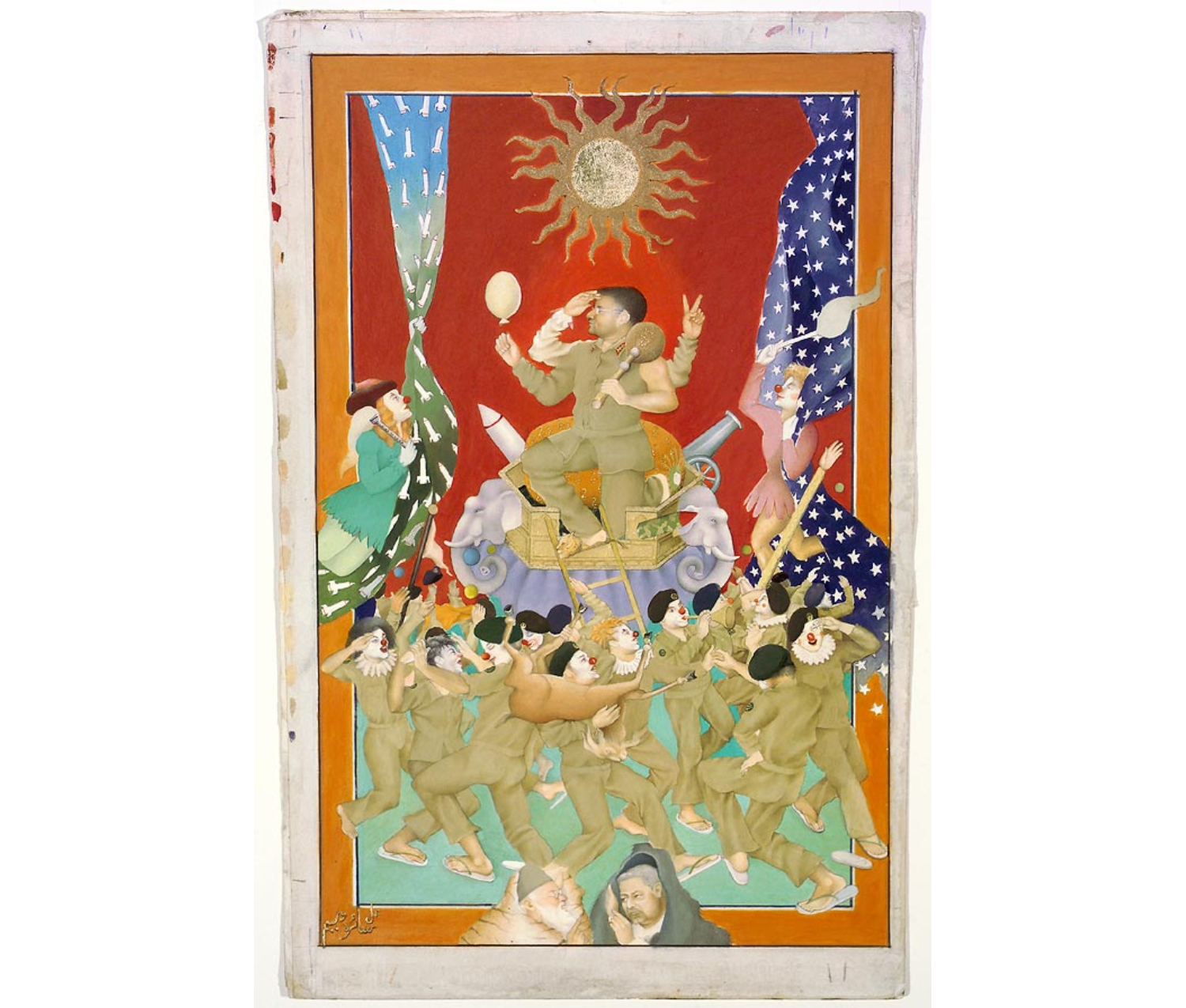
Camera Exotica
Student Picks is a SCMA program in which Smith students organize their own one-day art show using our collection of works on paper. This month’s student curator and guest blogger Niyati Dave '15 discusses her show “Camera Exotica: Clichés, Counter-Narratives and Cultural Clashes” which will be on view FRIDAY, April 3 from 12-4 PM in the Cunningham Center for the Study of Prints, Drawings, and Photographs. We hope to see you here!
“Exotica”: The Unknown. The Other. The Dark. The Feared. The Fetishized. The Pagan. The Strange. The Foil Against Which The Familiar is Formed.
Most of the images in this exhibition play with ideas of the “exotic” and question the ways in which it is very much a constructed category. Within the ethnographic images on display, we see how colonial photography in the British Empire was not simply an apolitical act of recording an objective history, but rather an exercise of dominance over native populations. By having the power to “see” the local populations and fix that image as well as dictate its meaning, the colonial camera also used its dominance over local populations to reinforce orientalist tropes about debauchery, primitiveness, inherent inferiority and, in doing so, consolidates the ideology driving colonization.
What is particularly interesting about the works of the contemporary artists represented in this exhibition is how they appropriate and play with these orientalist tropes and re-contextualize them to challenge the dominant narratives that the Western world largely takes for granted.

Willie Cole. American, b. 1955. Fig. 3. & 4. Sunbeam Male, Ceremonial, 2004. Digital print Epson 9600 using Ultra Chrome Archival Inks on paper. Purchased with the Janice Carlson Oresman, class of 1955, Fund. Photography by Petegorsky/Gipe. SC 2012.15.
Works such as Willie Cole’s Sunbeam Male, Ceremonial (above) and Nusra Latif Qureshi’s Of Birds and Fourteen Year Olds (below) use formal qualities associated with colonial or ethnographic photography such as the frontal position and an emphasis on costume and accoutrement as a marker of “ethnic” or “tribal” authenticity. In doing so, they make a point about how knowledge is subjective and constructed within a system of hierarchies.
![Large light green hand at left with large red flower, bird at lower right, line drawing of eight seated and standing figures overlaying larger elements, text in Urdu at left and in English at top right [But the poor Orientals have a collective identity...].](/sites/default/files/2020-12/Qureshi%20%281%29.jpg)
Nusra Latif Qureshi. Pakistani, b. 1973. Of Birds and Fourteen Year Olds, 2004. Gouache on paperboard. Purchased with the Richard and Rebecca Evans (Rebecca Morris, class of 1932) Foundation Fund. Photography by Petegorsky/Gipe. SC 2004.6.

Detail of Of Birds and Fourteen Year Olds
Either through revealing invisibilized marginal histories or reappropriating and satirizing dominant narratives, most of the work in the show tells a story of cyclical cultural clashes, starting with the colonial moment, moving onto political and social decolonization and culminating with an exploration of what it means to belong to an “authentic” culture in a neoliberal, globalized and interconnected world.

Saira Wasim. Pakistani, b. 1975. Buzkashi, from the series Musharaff, 2003–2004. Graphite, gouache and gold on wasli paper. Purchased with the Josephine A. Stein, class of 1927, Fund in honor of the class of 1927. Photography by Petegorsky/Gipe. SC 2004.25.
Further complicating the West vs East binary, I also aim to focus on marginalized voices within both of those geopolitical constructs—even post-independence. After all, can such a thing even exist, given how ideas of nationhood, belonging and authenticity are in a state of constant flux?
This show attempts to reveal the clichés around which the colonial apparatus is ideologically centered, to explore the counter-narratives proposed by the Black, South-Asian and Mexican contemporary artists whose works you see here and to consider how the idea of cultural clashes might itself be a misnomer given how the discursive ideas of the East and the West are (faux)thentic.